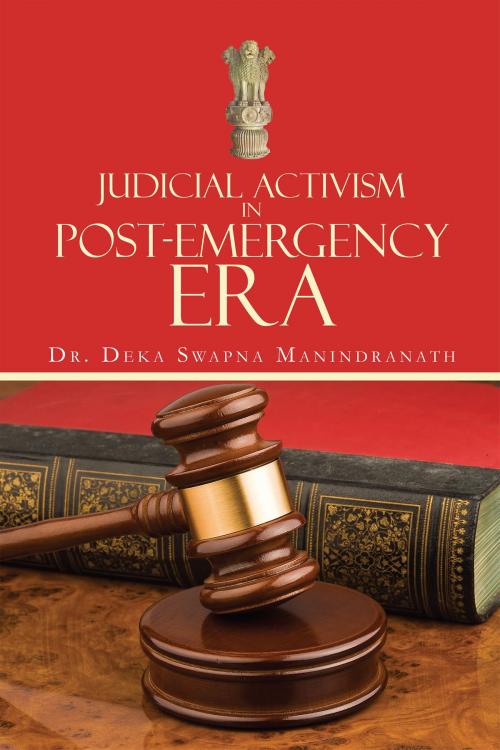| Author: | Dr. Swapna Deka Mandrinath | ISBN: | 9789384391447 |
| Publisher: | Notion Press | Publication: | December 15, 2009 |
| Imprint: | Notion Press | Language: | English |
| Author: | Dr. Swapna Deka Mandrinath |
| ISBN: | 9789384391447 |
| Publisher: | Notion Press |
| Publication: | December 15, 2009 |
| Imprint: | Notion Press |
| Language: | English |
Since the day the Constitution of India came into force, Judicial Activism has existed in different forms under the Constitution. Judicial Activism initiated by the higher judiciary in India has started serious debates on the Court’s undefined power to place substantive as well as procedural limits on the executive as well as the legislature. The Court’s new role to make law and give directions has been criticised as the usurpation of powers that belong to the other two organs. The Court has been defending its new role to uphold the constitutional values of protecting the human rights of the people thereby upholding the principle of Rule of Law.Through this book, Dr. Deka Swapna Manindranath analyses the legitimacy of Judicial Activism in India as well as the intrusions made by the judiciary in the name of Judicial Activism. The author argues that Judicial Activism under the Constitution has been inevitable in view of the socio-economic and political conditions of the nation as well as due to the laxity of performance on the part of the other two organs. This book will be of interest to the research scholars and students of Indian Constitutional law and Political Science, judges, lawyers and general readers interested in knowing about the phenomenon of Judicial Activism in India.
Since the day the Constitution of India came into force, Judicial Activism has existed in different forms under the Constitution. Judicial Activism initiated by the higher judiciary in India has started serious debates on the Court’s undefined power to place substantive as well as procedural limits on the executive as well as the legislature. The Court’s new role to make law and give directions has been criticised as the usurpation of powers that belong to the other two organs. The Court has been defending its new role to uphold the constitutional values of protecting the human rights of the people thereby upholding the principle of Rule of Law.Through this book, Dr. Deka Swapna Manindranath analyses the legitimacy of Judicial Activism in India as well as the intrusions made by the judiciary in the name of Judicial Activism. The author argues that Judicial Activism under the Constitution has been inevitable in view of the socio-economic and political conditions of the nation as well as due to the laxity of performance on the part of the other two organs. This book will be of interest to the research scholars and students of Indian Constitutional law and Political Science, judges, lawyers and general readers interested in knowing about the phenomenon of Judicial Activism in India.















